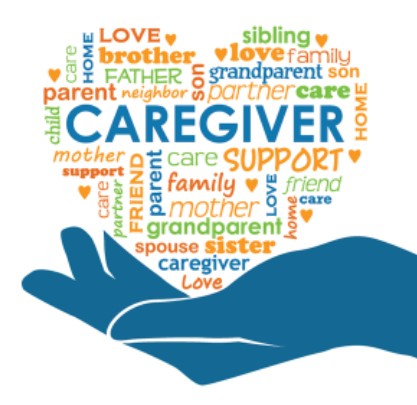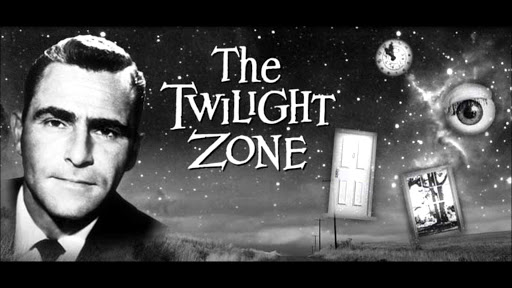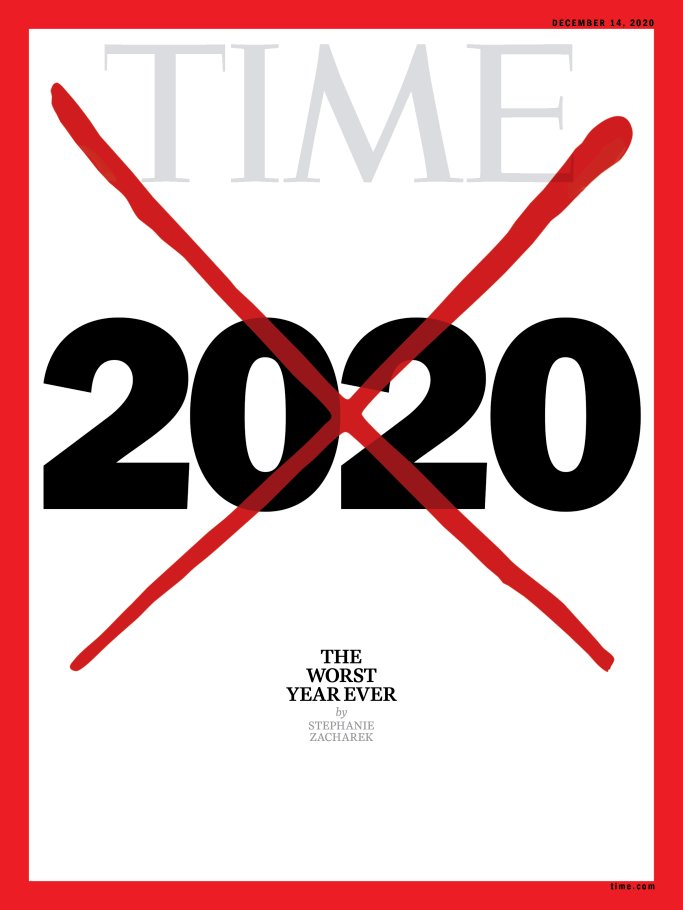Lessons of an unintended caregiver
As a career nomad I have had the joy of experiencing life from coast to coast. Each new job brought me to a new community in which to live and work. For some, the idea of making numerous cross-country moves over the span of five decades would be a frightening proposition. For me, it was the thrill of new adventures, new cities, new friends and new experiences.
But one of the downsides of being in what sometimes felt like perpetual motion was the separation from family. For all the moves to all the wonderful parts of the country I never had the opportunity to live and work near my closest relatives. Occasional visits were fine but nothing takes the place of being close to family members to share happy occasions or sadly, to offer help in time of need.
Both of my parents are now gone. When my mother was very ill I lived 2,000 miles away. Fortunately, my father served as her caregiver until the time of her death. And decades later when my father was seriously ill he had long since re-married and it was his wife who was his caregiver since I was still living far away.
I never had the burden or the privilege to act as a caregiver for my parents. I never learned what it was like to interact with physicians, nurses, hospitals, insurance companies and the myriad of other people and places that provided vital health services. It wasn’t that I didn’t care about them, I just never had to care for them.
Both of my parents went through their final illnesses with a spouse at their side while I was on the other side of the country.
Now, I’m suddenly faced with being a long distance and unintended caregiver for my aunt who has neither a spouse nor any children to care for her. My late father’s sister celebrated her 88th birthday as a COVID-19 patient in an acute care hospital 2,600 miles away. I may be her closest living relative in terms of our relationship but the physical distance that separates us can’t separate the closeness I have felt for her throughout my life.
So, with no background in being a caregiver and no prior experience caring for my parents at the end of their lives I couldn’t let my lack of knowledge stand in the way of trying to do the best for a person who has cared for so many others during her lifetime. When her need for help developed I simply jumped into the deep end of the pool and did what we used to call OJT or on the job training.
I spent the majority of my working years as a hospital executive so I learned a great deal about medical lingo, the way in which health care professionals relate to their patients and their patients’ families. I learned a lot about how to navigate the medical industrial complex and what physicians, nurses, technicians, hospitals and insurers deal with in the ever-changing dynamics of health care from the perspective of a provider and a payor. After decades working in hospitals I thought I knew all I needed to know about how to be an effective family caregiver and health care advocate. I quickly learned that what I knew was barely enough to make me a minimally literate health care consumer and proxy for an elderly relative.
But I am one of the fortunate family caregivers who has the benefit of a life partner who is an expert in the area of aging. Without her abiding support and counsel I would have been lost. And I have been doubly blessed to have a cousin who has been a nurse for more than 30 years at one of the nation’s elite medical centers and who shares my love and deep concern for my aunt who is her cousin. My cousin lives close by my aunt but in the era of COVID a few miles or a few thousand miles really doesn’t make a great difference.
So even with knowledgeable family members working in partnership to ensure that our family member was well cared for while in the hospital for many weeks, in a rehabilitation center for a few more weeks and eventually back home in her assisted living community with the help of non-medical home care aides it still felt like a full-time job overseeing her care. It is hard to calculate the number of phone calls I’ve had with countless health care workers and with my family members who have been a constant source of advice, counsel, emotional therapy, and my partners in the long-distance care of my aunt.
And throughout the months of dealing with this on a daily basis certain question continued to gnaw at me. What happens when a seriously ill or injured individual doesn’t have one or more family members acting as their caregiver? What happens when a patient’s family members are unprepared, ill-equipped, and completely overwhelmed with the prospect of caring for a loved one? What happens when those who care the most are not even sure what questions to ask or how best to advocate on behalf of the person they care so much about? How do those without the experience and ability to be part of the solution and not part of the problem offer comfort and encouragement to an elderly and infirm family member?
As I pondered those questions and others my first reaction was to feel grateful that I had a modicum of ability to deal and cope with this situation. I felt blessed every day that I had two others who cared about me and my aunt who could offer specific suggestions, invaluable information, and encouragement so that our collective decisions were being made in the best interest of our family member who relied on us to be there for her if not in person at least in a virtual way.
My second reaction was to regularly think about those who lacked the support system to deal with such a difficult challenge. I continually felt compassion for both the patients who lacked a family support network as well as family members who struggle dealing with what few people are ever trained to do…to be a caregiver for someone they love.
One of the great blessings in my post-retirement life has been the opportunity to learn that my community is incredibly fortunate to have one of the most remarkable resources in the country that has as part of its mission concern and care for and about the elderly who are homebound and their families who find themselves unexpectedly enlisted as caregivers. Duet: Partners in Health and Aging has been devoted to this work for 40 years. While it has grown into a number of other service areas, care for the elderly has been its flagship program for four decades. I am proud to have served on Duet’s board of directors for the past few years.
In describing what it means to be a family caregiver, Duet says: “A family caregiver is defined as someone who provides unpaid care for a loved one. Many family members don’t consider such care ‘caregiving’ – they are just doing what comes naturally. Whether the care is provided in town or across the country, it’s a responsibility that can take a physical, mental and emotional toll.”
Duet has devoted considerable time and resources to help coach and guide family caregivers along the arduous yet important path of providing care to a family member or close friend. Duet conducts educational programs and interactive forums where caregivers can learn how to care for another while at the same time making sure to care for themselves through conversations with other caregivers.
My work as a family caregiver continues because I believe that COVID is likely leave my aunt as a COVID longhauler in need of attention for a long time to come. I hope I can live up to the task and be a caregiver capable of providing the support that she needs and deserves.
But for those who anticipate playing such a role or for those who have suddenly been thrust into the role of a family caregiver it is important to know that there are resources available to help you be the best helper you can be for your loved one.
If you live in the Greater Phoenix Area consider contacting one of these agencies to seek assistance:
- Duet: Partners in Health and Aging 602-274-5022
- Area Agency on Aging 602-264-2255
- Senior Help Line 602-264-4357
- Dial 2-1-1 to reach the Community Information and Referral Service
- AARP Arizona State Office 866-389-5649
If you live in another region or state search for your local Area Agency on Aging or contact the local office of AARP for suggestions on how you can be an effective family caregiver.
Peggi Speers, the author of THE INSPIRED CAREGIVER – FINDING JOY WHILE CARING FOR THOSE YOU LOVE writes: “The phrase ‘Love one another’ is so wise. By loving one another, we invest in each other and ourselves. Perhaps someday, when we need someone to care for us, it may not come from the person we expect, but from the person we least expect. It may be our sons or daughters-in-law, our neighbors, friends, cousins, stepchildren, or stepparents whose love for us has assigned them to the honorable, yet the dangerous position of caregiver.”
U.S. Senator John Hoeven (R-North Dakota) says it best: “Caring for seniors is perhaps the greatest responsibility we have. Those who have walked before us have given so much and made possible the life we all enjoy”.
So, being a caregiver is a noble task that calls on us to show our compassion, love and respect for the dignity and well-being of others. It may be a weighty responsibility but it can also be the greatest labor of love you will ever experience.
For more commentaries by Stu Turgel go to: https://thephoenixfile.net/commentaries/





